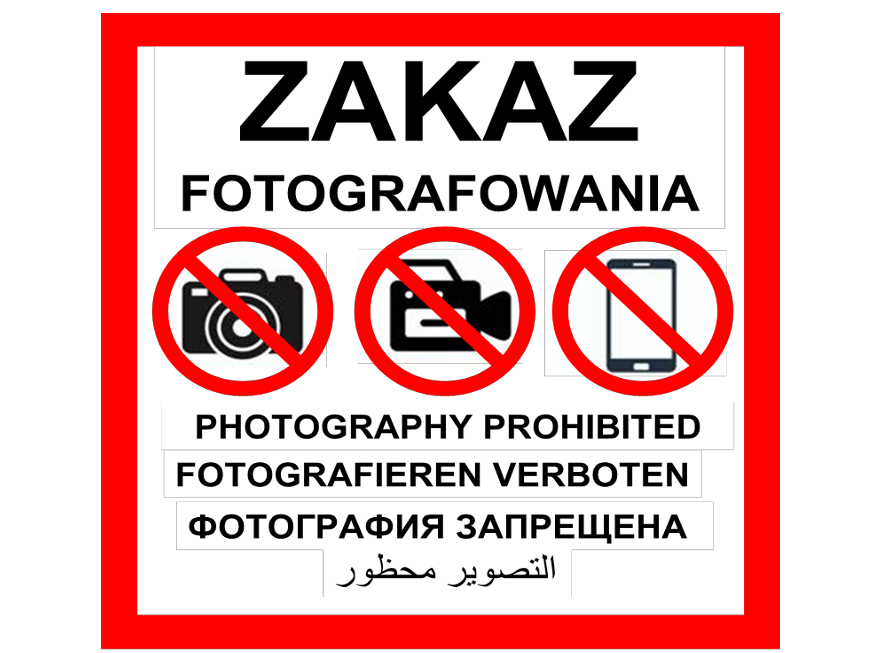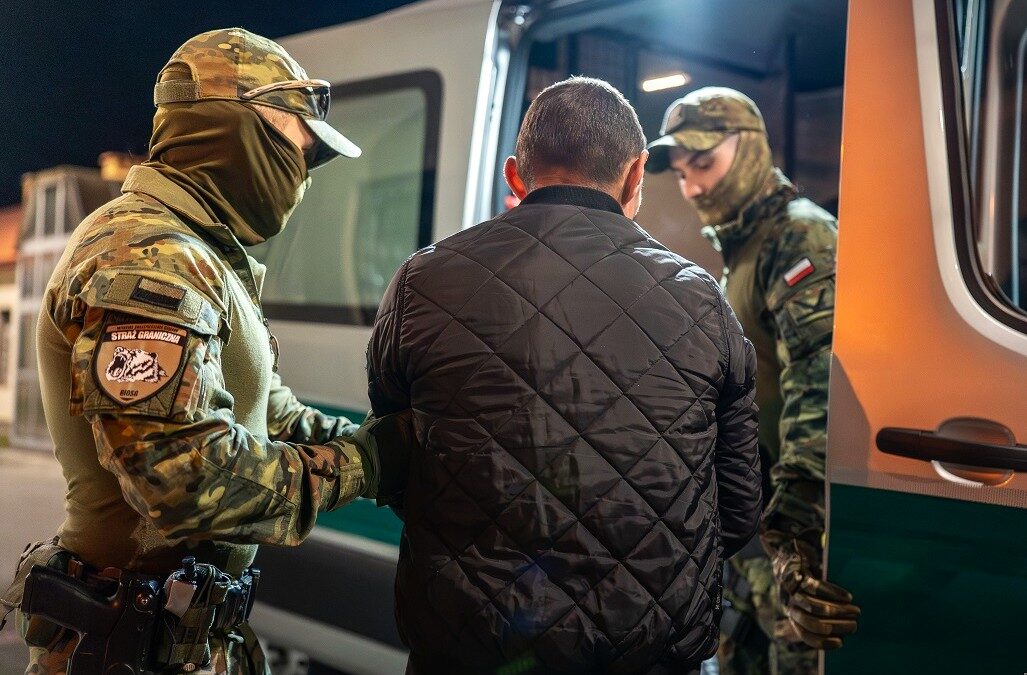Keep our news free from ads and paywalls by making a donation to support our work!

Notes from Poland is run by a small editorial team and is published by an independent, non-profit foundation that is funded through donations from our readers. We cannot do what we do without your support.
Poland has amended its Homeland Defence Act, introducing new guidelines to a photography ban at locations of particular importance for national security or defence.
The amended law, which comes into force on 17 April, covers an estimated 25,000 sites, according to Polish media. Anyone without a permit caught taking photos at the locations could face a fine, arrest or confiscation of equipment.
Since the beginning of the war in Ukraine, Poland has faced a number of threats to its internal security, including arson attacks that appear to have been directed by Russia as well as Moscow recruiting immigrants to carry out spying and sabotage in the country.
Poland is facing a new type of threat: Russia's recruitment of civilians – often migrants from Ukraine and Belarus – to carry out espionage and sabotage.@adam_lelonek explains why this trend has emerged and how the Polish authorities have responded to it https://t.co/GSeBMlbPuV
— Notes from Poland 🇵🇱 (@notesfrompoland) April 9, 2025
The photography ban came into force in 2023 as part of the Homeland Defence Act introduced a year earlier by the former Law and Justice (PiS) government. However, it has been largely unenforced because the original legislation did not specify clear procedures for implementing the ban.
The new guidelines provide clarification on the design and placement of “photography prohibited” signs, as well as outlining who is exempt from the ban and how they can apply for a photography permit.
The ban applies to military sites, energy infrastructure, bridges, tunnels and ports in areas of national and security defence importance, as well as the facilities of the defence and justice ministries, the internal security agency (ABW) and the central anti-corruption bureau (CBA), among others.
Out of the estimated 25,000 such sites, only about 3% are considered to be military facilities, with the rest being civilian infrastructure.
Two more weeks to save @notesfrompoland!
We're halfway through our campaign and we've received 300 donations from our readers. Thank you for the generous support!
But to continue our work we still need your help. Click below to learn more https://t.co/0gVkMlaA0W
— Notes from Poland 🇵🇱 (@notesfrompoland) April 15, 2025
The locations now have to be clearly marked with 60x60cm signs showing crossed-out cameras and a smartphone with “photography prohibited” written in Polish, English, German, Russian and Arabic. The signs must be visible and placed at intervals of no less than 300 metres.
In some cases, individuals can apply for exemption from the ban. That includes, among other cases, facility managers documenting the technical condition of the property, media coverage of press conferences or interviews at the sites, and commemorative photos with foreign delegations signing essential agreements.
The application, which can be sent electronically or on paper, must include the photographer’s personal details, as well as the planned location and date.
Failure to comply with the ban is punishable by a fine or arrest. In addition, any equipment used for photography, such as a camera or phone, may be confiscated.

Notes from Poland is run by a small editorial team and published by an independent, non-profit foundation that is funded through donations from our readers. We cannot do what we do without your support.

Agata Pyka is a former assistant editor at Notes from Poland. She specialises in Central and Eastern European affairs, cybersecurity, and investigative reporting. She holds a master’s degree in political communication from the University of Amsterdam, and her work has appeared in Euractiv, the Balkan Investigative Reporting Network (BIRN), and The European Correspondent, among others.



















